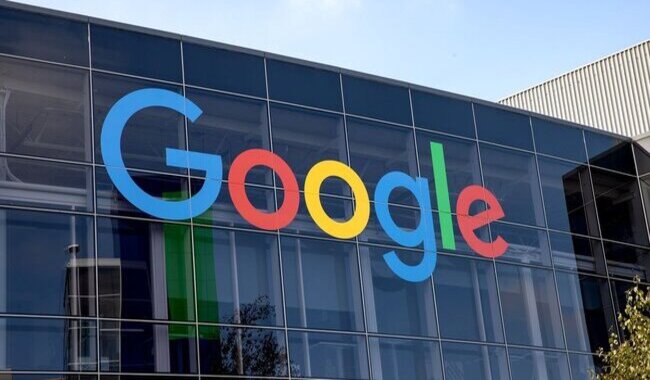Highlights:
- Google’s AI payments protocol supports both cards and stablecoins.
- Over 60 firms, including Salesforce, helped shape the framework.
- The protocol enables seamless value transfer between AI agents.
Google has announced a new AI payments protocol to make it easier for digital agents to move money. The open-source framework was developed using Coinbase and support from more than 60 companies. According to the Fortune report, Salesforce, American Express, and Etsy also contributed to the development process.
A Unified Standard for Agent Transactions
The AI payments protocol supports transactions with credit cards, debit cards, and dollar-pegged stablecoins. It builds on Google’s previous agent-to-agent interoperability specifications announced back in April. The protocol enables software agents to confirm the intent and make payments without input from people.
Google has designed the system to operate on both traditional rails and blockchain networks. Coinbase was at the forefront of integrating support for stablecoins. Google furthermore verified that the protocol allows card payments and settlement on-chain on stablecoins like the USDC.
Google has released an AI payments protocol with support for stablecoins, partnering with Coinbase and Salesforce. The new open-source scheme makes it easier for different AI applications to send and receive payments, supporting not only credit cards but also stablecoins. Google… pic.twitter.com/LZZUgCY7Zs
— Wu Blockchain (@WuBlockchain) September 16, 2025
James Tromans, vice president of Web3 at Google Cloud, claimed that the service was designed on principles that could support future-ready payments. According to Erik Reppel, of Coinbase, interoperability was a fundamental design consideration of the various payment systems. This makes sure that agents can exchange money easily, irrespective of the platform they work on.
Stablecoins Gain Ground After Regulatory Clarity
The timing coincides with recent changes in the political arena in favor of digital assets. In July, the U.S. Congress passed the GENIUS Act for the regulation of stablecoins. The legislation defined reserve and audit standards, which served to establish a legal basis for asset-backed tokens.
Other companies, such as Tether and Circle, have grown their offerings in the U.S. since then. Coinbase Institutional anticipates the stablecoin market reaching the $1.2 trillion range by the year 2028. Through this foundation, stablecoins are increasingly becoming a useful instrument in digital commerce. Moreover, the new protocol would make Google one of the first large technology firms to support stablecoins directly in infrastructure. Other companies, such as Apple and Meta, have been slower in embracing blockchain payments.
Powering the Future of AI Commerce
The protocol aims to facilitate machine-to-machine transactions across cross-platform and cross-industry. The announcement of Google comes after its larger initiative into programmable finance. It introduced the Universal Ledger in August, using Google Cloud to facilitate institutional blockchain settlements.
Google Cloud has announced the launch of its L1 blockchain, GCUL, which simplifies cross-border payments and asset settlements through a distributed ledger. GCUL is currently in a private testnet phase and announced a partnership with CME earlier this year to pilot tokenized… pic.twitter.com/QbH9A2Q33m
— Wu Blockchain (@WuBlockchain) August 27, 2025
The system creates opportunities for automated commerce by facilitating the smooth exchange of AI agents. This may involve AI-powered shoppers, contract brokers, and digital assistants handling business operations. Over 60 companies were involved in the development of the protocol. Other stakeholders that participated include the Ethereum Foundation and Coinbase in determining the blockchain component of the system.
Stablecoins provide autonomous systems with a predictable standard of value. This minimizes the risk of conducting transactions and facilitates the standardization of digital settlements. The protocol has a solid basis to scale its adoption due to the support of large financial and technological participants.
Tromans noted that integration of credit systems and blockchain assets is essential for ease of trust and compliance. The framework includes verified consent and transaction guardrails. These characteristics consequently assist in keeping control over the user and aligning any abuse of automated payment features.
Best Crypto Exchange
- Over 90 top cryptos to trade
- Regulated by top-tier entities
- User-friendly trading app
- 30+ million users
eToro is a multi-asset investment platform. The value of your investments may go up or down. Your capital is at risk. Don’t invest unless you’re prepared to lose all the money you invest. This is a high-risk investment, and you should not expect to be protected if something goes wrong.






